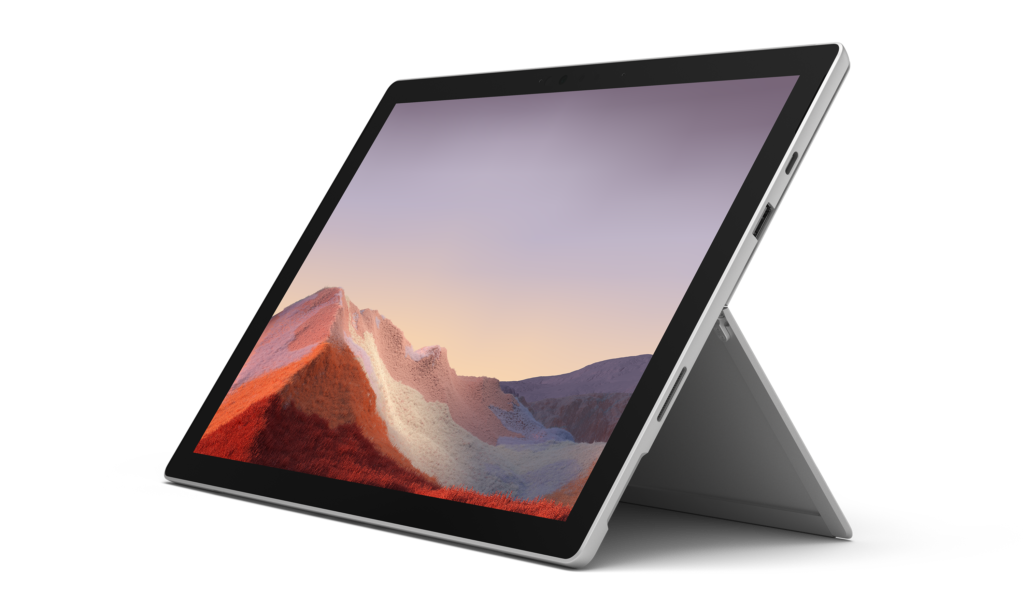
In the bustling world of 2023, the concept of a traditional office has been significantly shaken. The catalyst? Remote work. As businesses worldwide continue to adapt to ever-changing dynamics, the adoption of remote work has shifted from being a temporary solution to a permanent fixture in our professional landscape.
Interestingly, 12.7% of full-time employees are now working from home, with a significant 28.2% adapting to a hybrid work model [1]. This clearly shows that remote work isn’t just about accommodating the need for social distancing; it’s about meeting the increased demand for flexibility and autonomy in our jobs.
THE BENEFITS OF REMOTE WORK
- Flexibility: The ability to work from anywhere at any time has been embraced by 82% of remote workers choosing their homes as their primary work location [2]. No more commuting means additional hours saved, which can be used for productive tasks or personal pursuits.
- Access to a Global Talent Pool: With geographical limitations eliminated, companies can hire the best talent from around the globe. In fact, 16% of companies have shifted to fully remote operations, tapping into the global talent pool [3].
- Cost Savings: Both for businesses and employees, remote work offers substantial cost savings. With the number of remote jobs having tripled compared to 2020, now making up more than 15% of the total job opportunities in the U.S, the economic benefits of remote work are becoming increasingly clear [4].
THE CHALLENGES OF REMOTE WORK
While remote work offers a myriad of benefits, it’s not without its challenges:
- Communication and Collaboration: Virtual communication can sometimes lead to misunderstandings, and collaborating on complex projects can be tricky without face-to-face interaction.
- Work-Life Balance: While working from home offers flexibility, it can also blur the lines between personal and professional life, leading to the potential for overwork and burnout.
- Technical Issues: Internet connectivity issues, hardware/software problems, and data security are all concerns that need to be addressed for smooth remote work operations. Research from Tessian revealed that 45% of employees had made mistakes leading to cybersecurity incidents while working remotely during the pandemic[5].
THE TOOLS FOR REMOTE WORK
In today’s remote work environment, digital tools and technologies play a crucial role. Communication platforms like Slack and Zoom are essential for team interaction, while project management tools such as Asana or Trello keep everyone aligned on tasks and deadlines. File sharing systems like Google Drive and Dropbox allow for seamless collaboration, and time management applications like RescueTime help in effective productivity management. Security is ensured through VPNs and cybersecurity software, while employee engagement and workforce management tools like Bonusly and BambooHR maintain a positive remote company culture. Lastly, virtual whiteboards like Miro provide an interactive space for team brainstorming. These tools collectively boost the efficiency and effectiveness of remote work.
THE FUTURE OF REMOTE WORK
Looking ahead, organizations will need to continue investing in technology and digital tools to support remote work. We can expect advancements in collaboration tools, project management software, and cybersecurity measures.
Moreover, companies will need to foster a company culture that transcends physical office space. This will require innovative approaches to team building, employee engagement, and maintaining a shared vision across a distributed workforce.
In conclusion, remote work has become an integral part of our professional lives. It’s no longer an ’emergency measure’ but a ‘new normal.’ As we continue to navigate this digital landscape, it’s clear that the future of work is indeed, remote.
Sources:
[1] https://www.forbes.com/advisor/business/remote-work-statistics/
[2] https://pumble.com/learn/collaboration/remote-work-statistics/
[3] https://www.zippia.com/advice/remote-work-statistics/
[4] https://www.strongdm.com/blog/remote-work-statistics
[5]https://www.tessian.com/research/the-psychology-of-human-error/
This post was created with hypotenuse ai and quillbot.
How it was done:
Prompt for hypotenuse ai „write a techblog post about remote work” Then quillbot ai review provided me with advice that I should include some statistics and name some tools for remote work. So the next prompt I used in hypotenuse ai was „can u give me some statistics and reaserch findings about remote work” then „can you include these statistics to this blog so it sounds natural” next „provide examples of digital tools and technologies used in remote work” and then „make it shorter and include it as a paragraph to the blog post”

